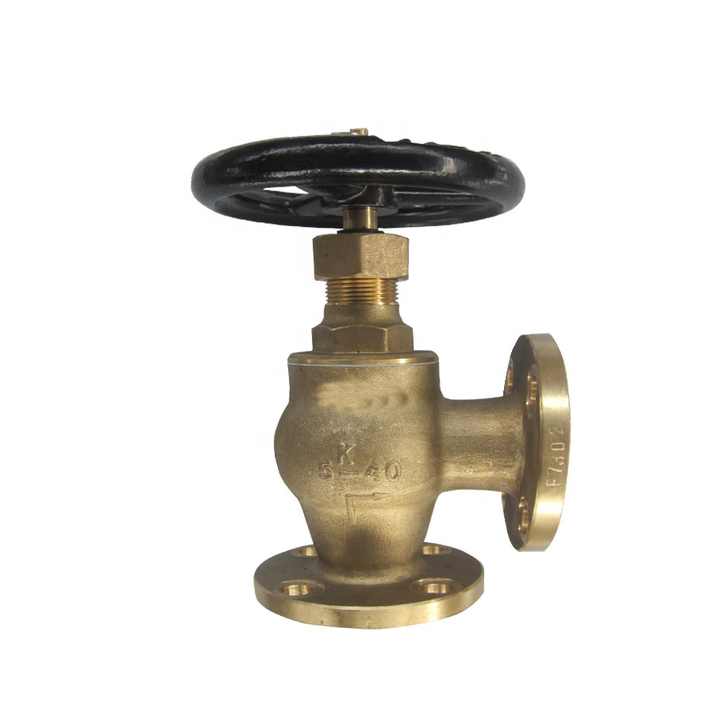|
How to Upgrade Old Marine Valves for Better PerformanceIn the marine industry, valves play a crucial role in controlling the flow of fluids and gases within ship systems. Over time, however, these valves can suffer from wear and tear, leading to reduced efficiency and potential safety hazards. Upgrading old marine valves to newer, more efficient models can significantly enhance the performance of your ship's systems and ensure compliance with modern regulatory standards. Here’s a comprehensive guide on how to upgrade old marine valves for better performance.
1. Assess the Current Valve ConditionBefore initiating an upgrade, it's essential to thoroughly assess the condition of the existing valves. This involves inspecting each valve for signs of wear, corrosion, and leakage. You should also consider the valve's age, material, and design to determine if it meets current industry standards.
2. Identify Suitable Replacement OptionsOnce you have assessed the existing valves, the next step is to identify suitable replacement options. Consider the following factors when selecting new valves:
3. Consult with Marine Valve ExpertsConsulting with marine valve experts can provide valuable insights into the best upgrade options for your specific needs. These experts can:
4. Plan the Upgrade ProcessCareful planning is crucial to minimize downtime and ensure a smooth upgrade process. Develop a detailed upgrade plan that includes:
5. Install and Commission the New ValvesFollow these steps during the installation and commissioning of the new valves:
6. Train Your TeamProper training is essential to ensure that your team can effectively operate and maintain the new valves. Provide training sessions that cover:
7. Monitor and Evaluate PerformanceAfter the upgrade, continuously monitor the performance of the new valves to ensure they are meeting expectations. Use data from automated monitoring systems to track valve performance and identify any issues early. Regularly review the performance data and make adjustments as necessary to maintain optimal valve operation. ConclusionUpgrading old marine valves to newer, more efficient models is a critical step in ensuring the reliability and performance of ship systems. By following the steps outlined above, you can ensure a successful valve upgrade that enhances safety, efficiency, and compliance with industry standards. Remember, the key to a successful upgrade lies in thorough planning, careful selection of suitable valves, and proper training of your team. |

